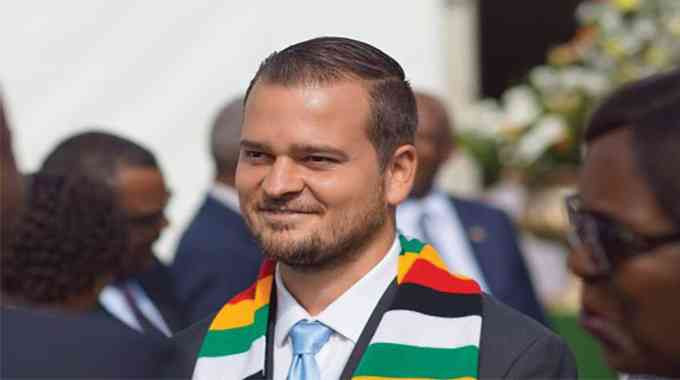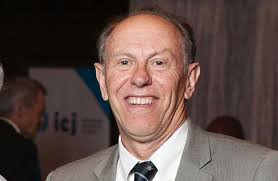
SENATORS last week took Lands, Agriculture, Water and Rural Development deputy minister, Vangelis Haritatos, to task over Bulawayo’s water challenges demanding clarification on government-led interventions to ease the crisis.
Residents of the country’s second largest city are going for days without water due to dwindling levels of the precious liquid at the city’s supply dams.
The local authority has since decommissioned Umzingwane Dam with indications that Lower Ncema and Upper Ncema will also be decommissioned in the next few months.
Senators on Thursday said the government must come clean on its short to medium-term measures to deal with the crisis.
In response, Haritatos said they had set up a technical committee to look at the short-term interventions aimed at increasing raw water supply to the City of Bulawayo.
“The first intervention is to rehabilitate Mzingwane Dam booster pump station and reconfigure pipeline from Mtshabezi Reservoir 3 to upstream of the pump station,” he said.
“Our expected impact is with Mzingwane at capacity to increase water from 25 megalitres to 32 if not 35 megalitres per day. “
Haritatos said they received ZWL$6,9 billion from Treasury to undertake the project.
- ZRBF rescues hunger-prone communities
- Fertiliser price increase, a result of global shocks
- January Disease kills 500k cattle: Govt
- Beware of fake livestock vaccines, govt warns
Keep Reading
“The contractors for the booster pump works have been appointed and are to start work very soon,” he said.
“Our second intervention is to rehabilitate and automate the pump station at Inyankuni Dam.
“Our expected impact is that Inyankuni will move from 17 megalitres per day to 32 megalitres per day.”
Haritatos said they wanted to introduce booster pumps along the Mtshabezi pipeline to improve pumping capacity from 16 megalitres per day to 30 megalitres.
“In terms of the progress to date, we have managed to work out the specifications in preparation awaiting tender after getting funding,” he said.
“With regards to the progress made in the Nyamandlovu Aquifer water supply system, our first intervention is to repair or replace borehole pumps that are 20 at Epping Forest and 40 at Rocherster.”
“Our second intervention is to repair electrical faults including transformers. The expected impact of the two interventions is to increase water from 11 megalitres per day to 16 megalitres per day.”
He said 35 boreholes were recently repaired at the aquifer.
Haritatos said several boreholes were being drilled to alleviate water shortages in the city with priority being given to medical institutions.
The Gwayi-Shangani Dam water project is seen as a long-term solution to the city’s perennial water crisis.









